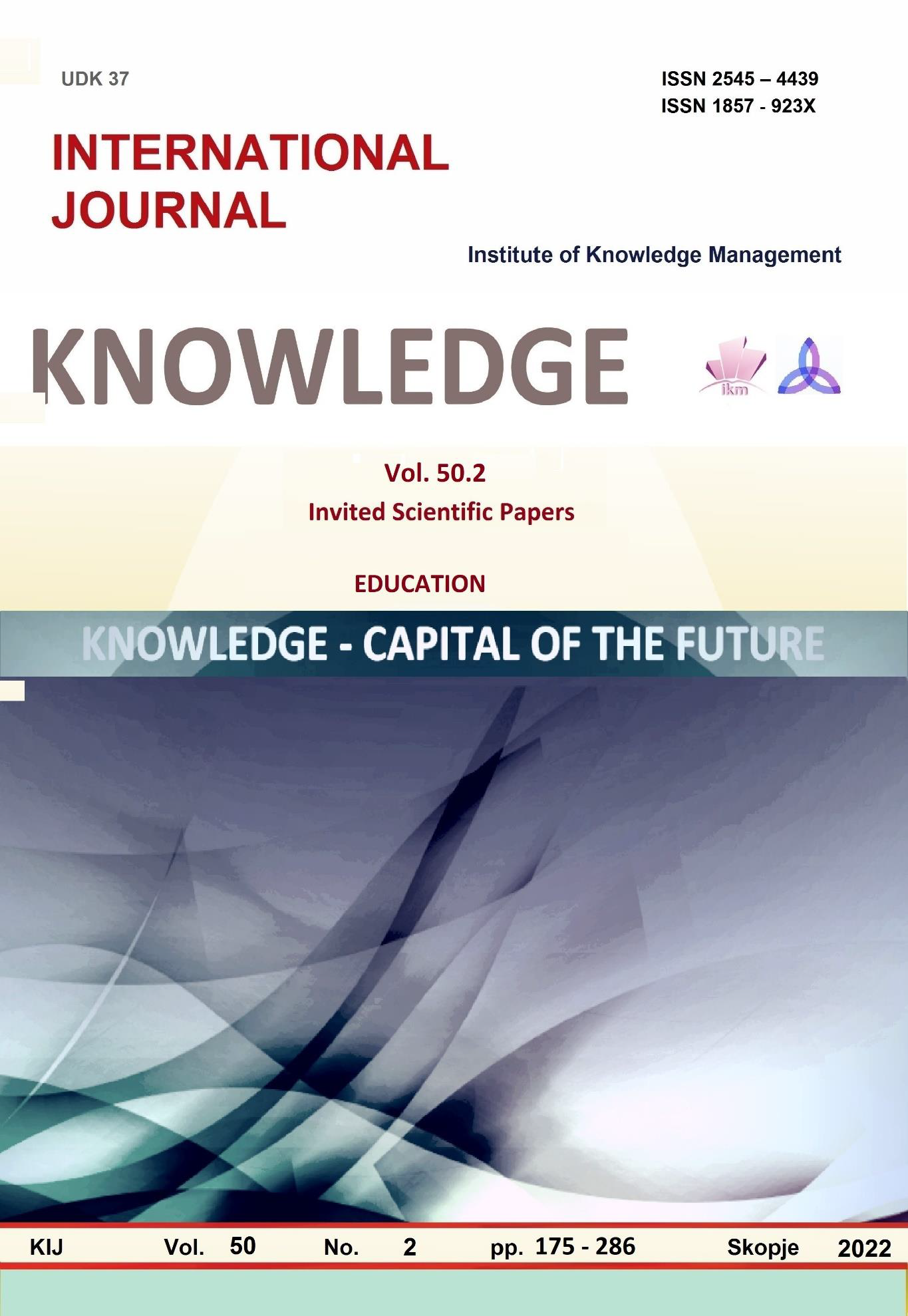EDUCATION IN THE ELECTRONIC ENVIRONMENT
Keywords:
Learning in electronic environment, computer technologies, learning processAbstract
Introduction: E-learning is a new type of learning that is increasingly used in schools, universities and in conducting various courses and seminars. Its main features are the ability to teach regardless of time and place, as well as the lack of restrictions on the number of students.
Purpose: The main goal is that through learning in an electronic environment creates an opportunity to improve the quality of education through the use of modern tools and technologies, and provides immediate access to large electronic libraries and knowledge bases.
Material And Methods: E-learning is primarily the interaction between learners and distance lecturers, which includes almost all components specific to the traditional learning process (methods, goals, organizational forms, content and often learning tools) and is carried out through specific means of telecommunications technology providing interactivity of the learning process.
Results: The main advantage is the ability to review the exercises repeatedly, at a time convenient for the learner. Next, computer-assisted learning is not an independent form of learning, but has a supporting role compared to traditional education. Unlike computer-based learning, in computer-assisted learning only part of the information is presented interactively - for easier perception of the material and in order to arouse the interest of the audience. Therefore, we cannot accept the claim that computer-assisted learning is in itself a form of learning in an electronic environment.
Conclusion: The creation of a very good organization of work in the hospital, the proper distribution of responsibilities for medical activities among all medical professionals, continuous training and qualification
References
Алексиева, А. (2019). Електронно управление на процеси свързани с дистанционни форми на обучение. С. Технически университет София.
Атанасов, В. (2020). Интерактивност при УЕБ базирани обучаващи приложения. Ш. Унив. изд. Еп. Константин Преславски
Гафтанджиева, С. (2020). Качество и оценяване на е-обучението. П. Унив. изд. Паисий Хилендарски.
Грудева, М. (2018). Съвременни предизвикателства пред висшето медицинско образование: Дистанционо и електронно обучение. В. Мед. унив. проф. д-р Параскев Стоянов.
Дойчев, Е. (2020). Среда за електронни образователни услуги. П. Унив. изд. Паисий Хилендарски.
Йоловски, Д. (2019). Ръководство за работа със Smart CreatAR: Онлайн инструмент за създаване на образователни ресурси с добавена реалност. С. Фонд. Образование 5.0. 2019
Киркова, А. (2020). Електронно обучение по здравни грижи. П. Лакс Бук.
Попов, В. (n.d). Облачни услуги в обучението. С. Акад. Изд. Ценов.
Терзиева, Т. (2021). Дидактически средства за обучение в електронна среда. П. Унив. изд. Паисий Хилендарски.
Токмакова, К.( 2019). Електронно обучение по ортопедия и травматлогия. П. Коала прес.
Kableshkova, M. (2015). Internet – Virtual or Real Legal Space. Paper presented at the Bratislava Legal Forum





